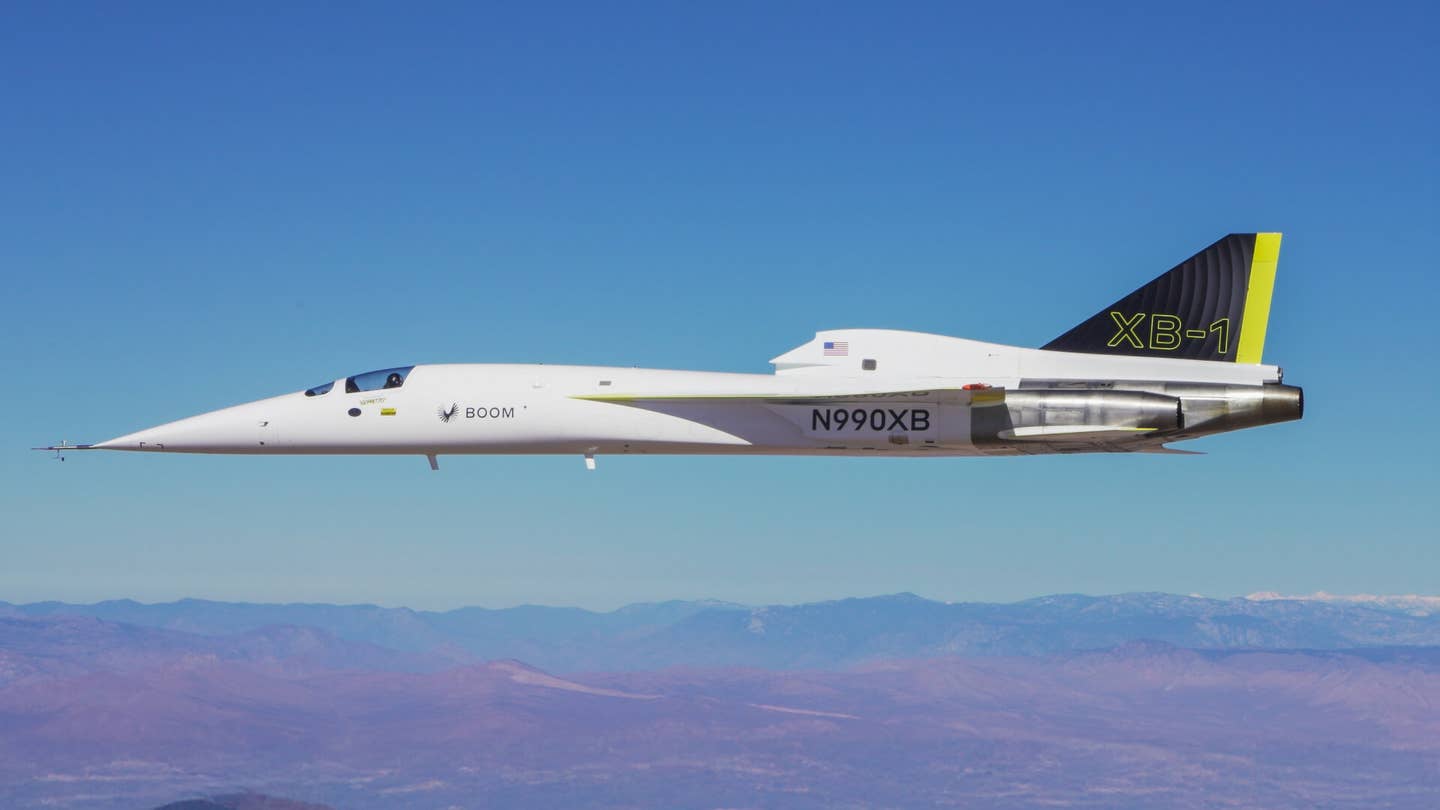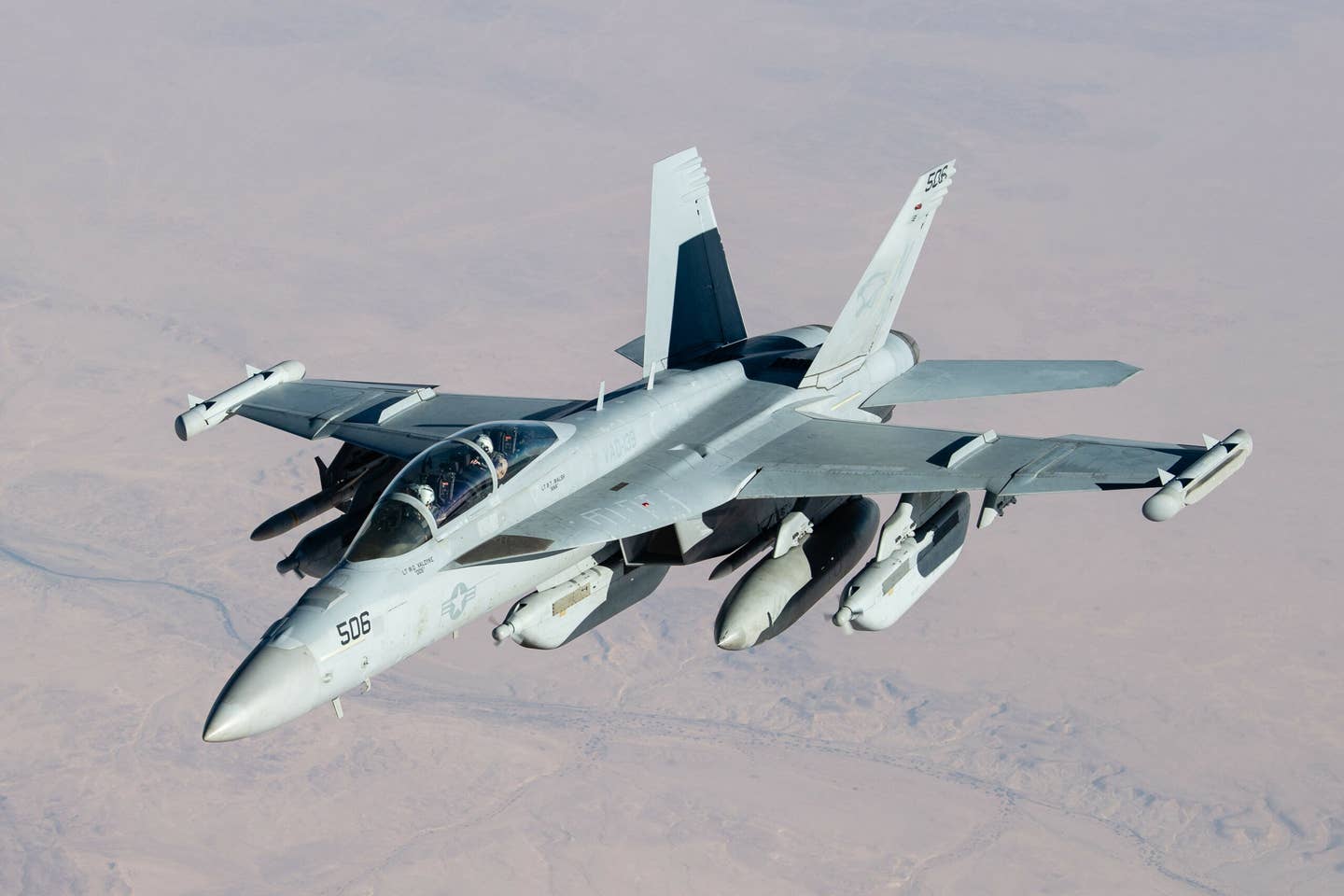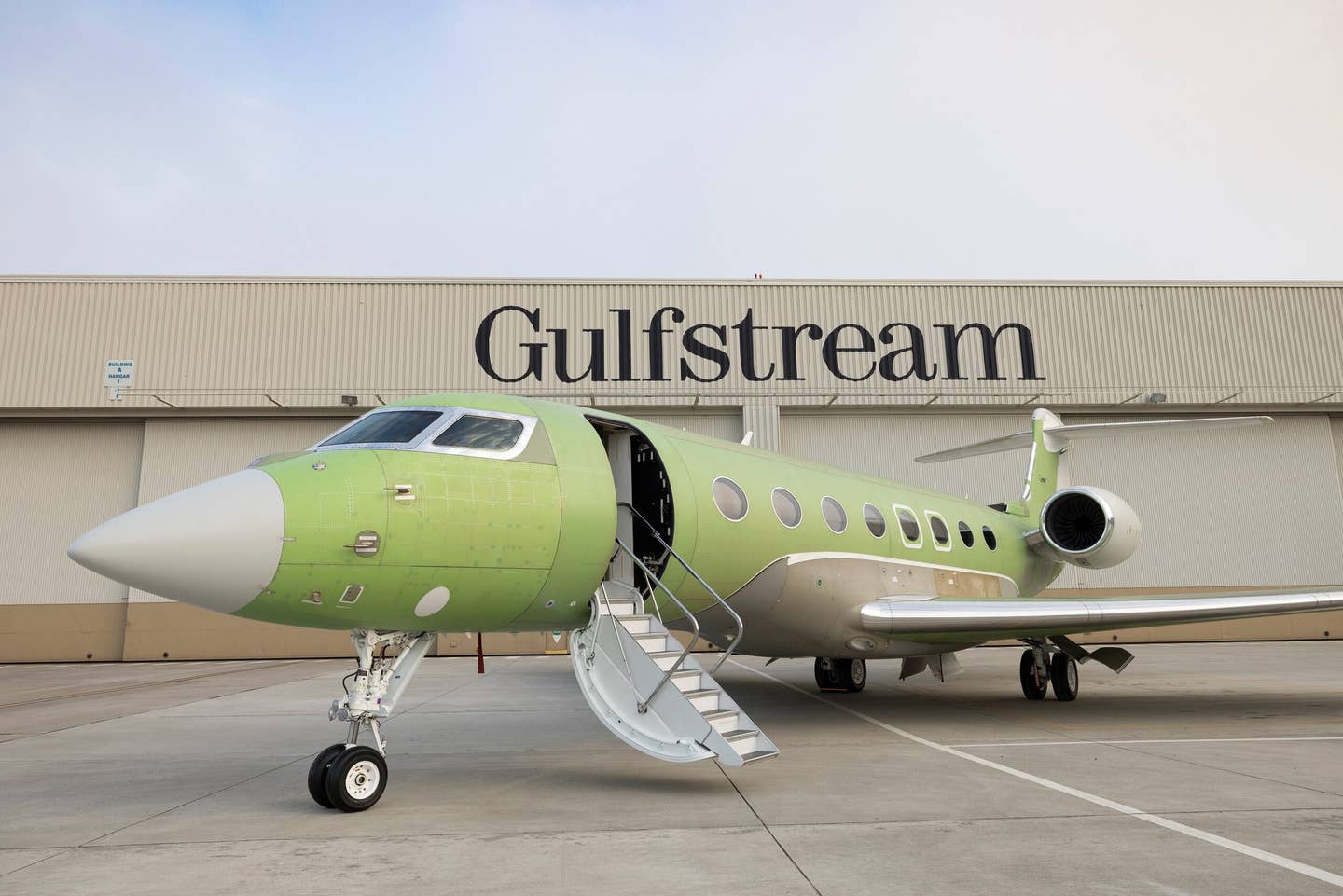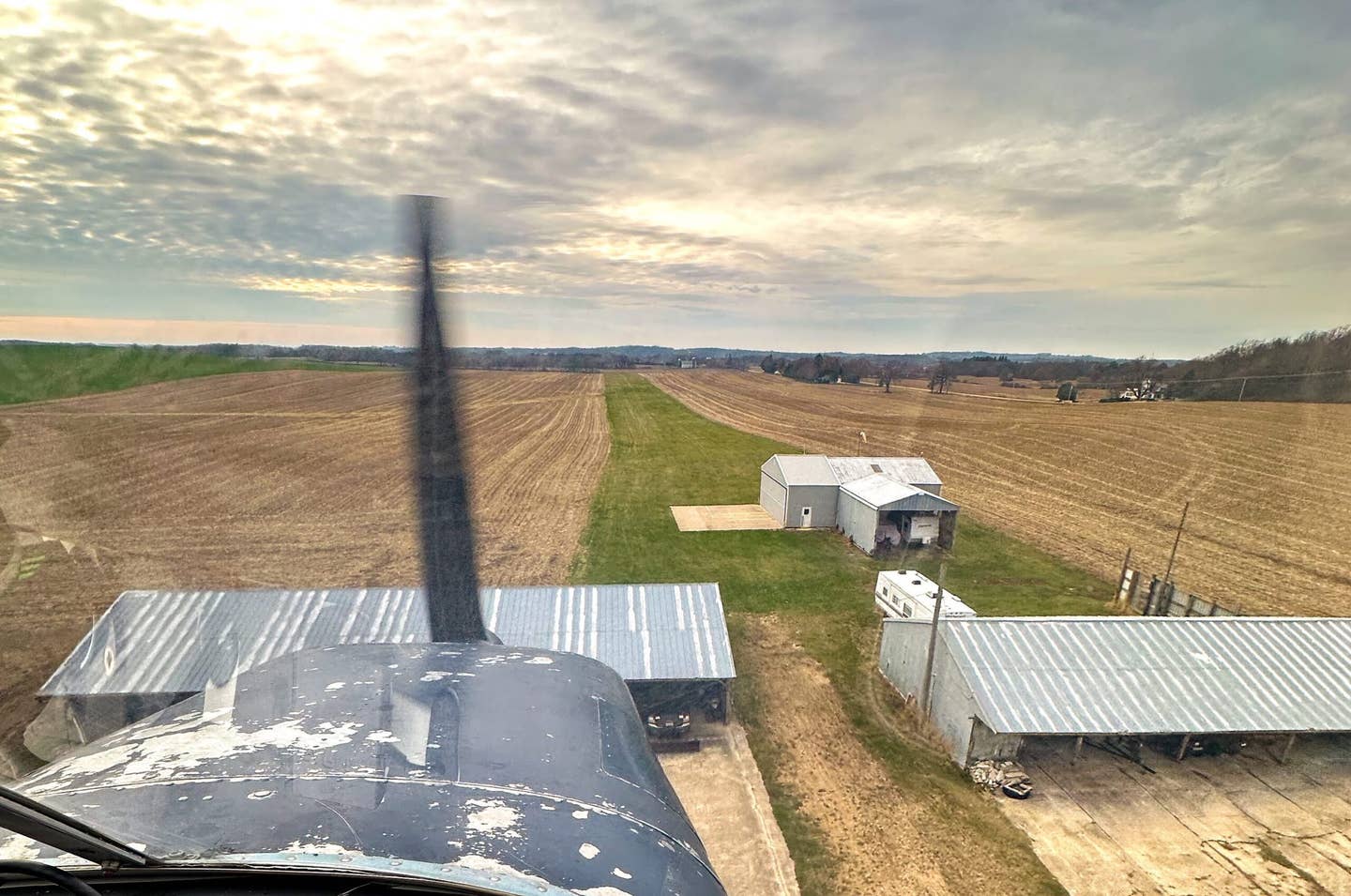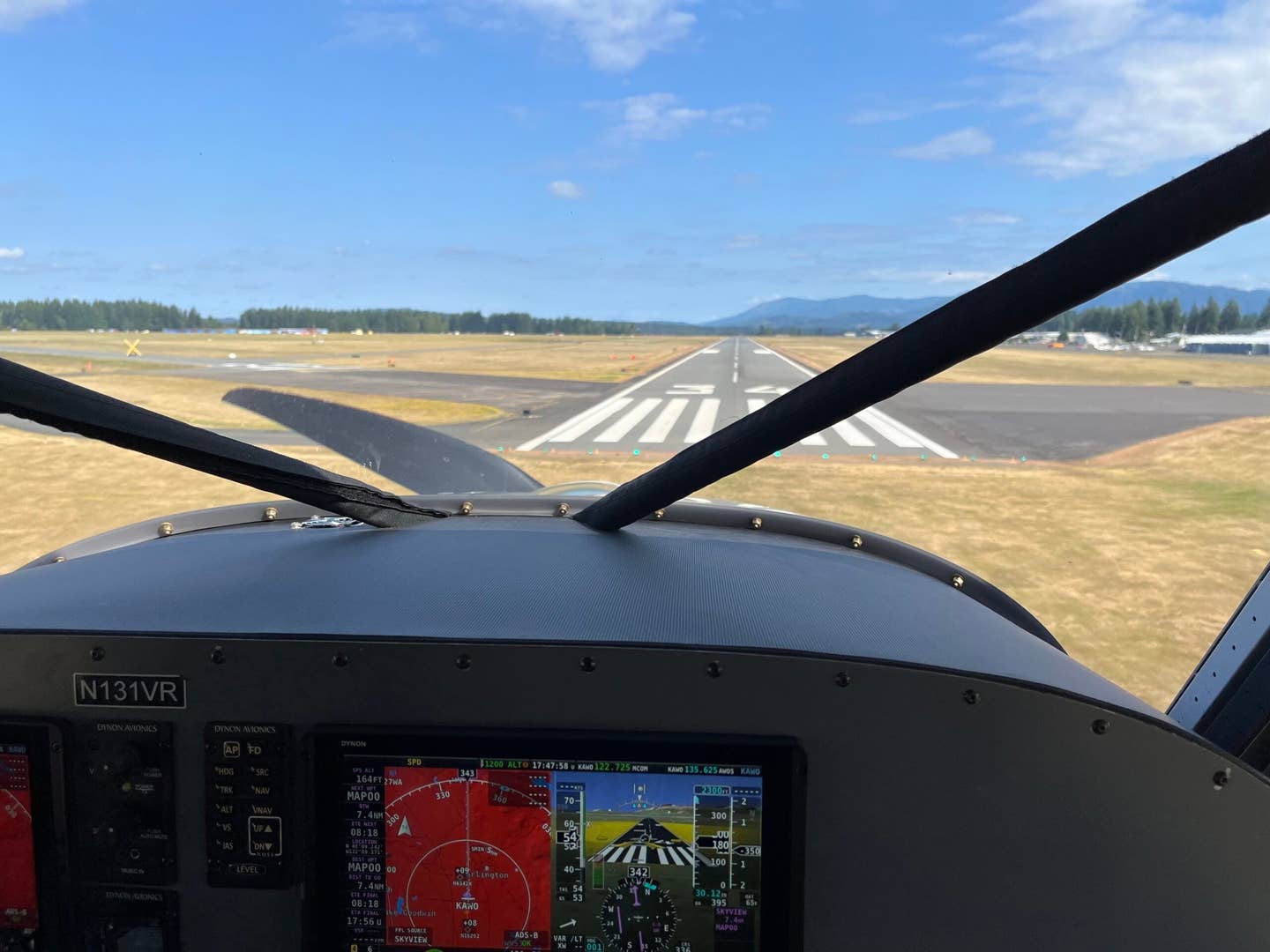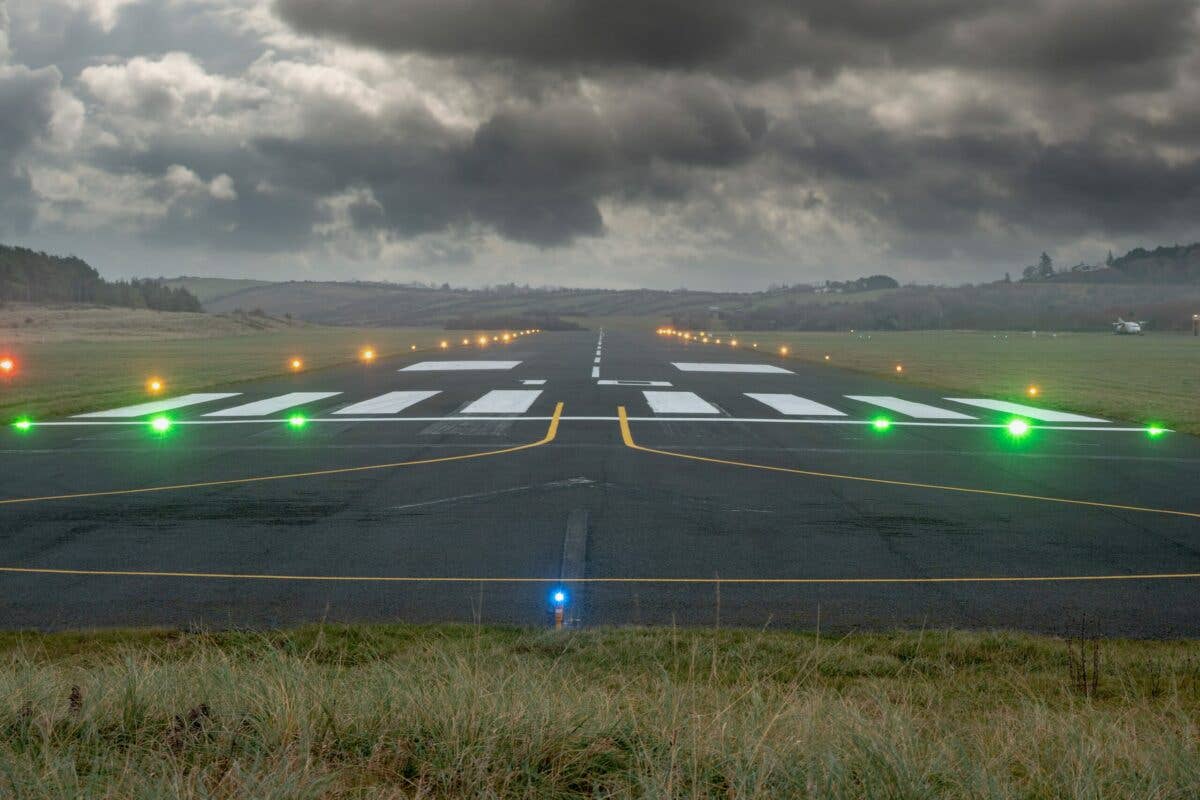Diamond Announces Engine Swap for DART Turboprop Trainer
Austrian manufacturer says switch from GE to Pratt & Whitney will speed certification.

Diamond’s new DART-750 [Courtesy: Diamond Aircraft]
Diamond Aircraft Industries said it is swapping the General Electric engine in its DART high-performance trainer for a competing model from Pratt & Whitney.
The company said it made the switch mainly to speed up the European certification process and allow sales of the prospective military trainer to begin sooner.
Diamond’s CEO, Liqun Zhang, said in a statement that the “window of opportunity on the market as well as with interested customers is limited,” necessitating the change of engine suppliers.
General Electric did not respond to a request for comment.
Zhang added that the latest version of the aircraft, the DART-750, is under consideration “for many programs all over the world.
“We are seeing a huge potential for the aircraft in the government training market,” Zhang said.
Diamond said it expects certification from the European Union Aviation Safety Agency (EASA) by the end of 2023 and to begin deliveries in the first quarter of 2024.
A Different Kind of Trainer for Diamond
The Wiener Neustadt, Austria-based manufacturer is best known for its GA models including the DA-40 single-engine piston and DA-42 light twin airplanes often used in the civilian training market. But for years it has also been developing a basic-trainer concept, called DART, aimed at military customers. The initial DART-450 model began flight testing in 2016 with a more powerful DART-550 following two years later. The 550 used a version of General Electric’s H75 engine.
The DART-750, will use the PT6A-25C turboprop engine from Pratt & Whitney, a unit of Raytheon Technologies. It will also come with Garmin G3000 avionics and optional ejection seats, Diamond said.
Engines from the vast PT6 family power a range of civilian and military aircraft from personal, business and agricultural airplanes to combat trainers.
Ever since the end of World War II, when military pilot training was often spread among several aircraft covering basic, intermediate, and advanced flight skills, governments have sought a single model that can more economically take student pilots from takeoffs and landings to the threshold of fighter training.
Beechcraft took a shot at this formula in the late 1940s with its piston-powered T-34 Mentor, a modified Bonanza with tandem seating for a student and instructor. Subsequent entries to the market like the T-34C, Pilatus PC-7 and Embraer Tucano used turbine power to boost performance and give pilots a more jet-like feel while still operating more economically than jet-powered trainers.

Sign-up for newsletters & special offers!
Get the latest FLYING stories & special offers delivered directly to your inbox

